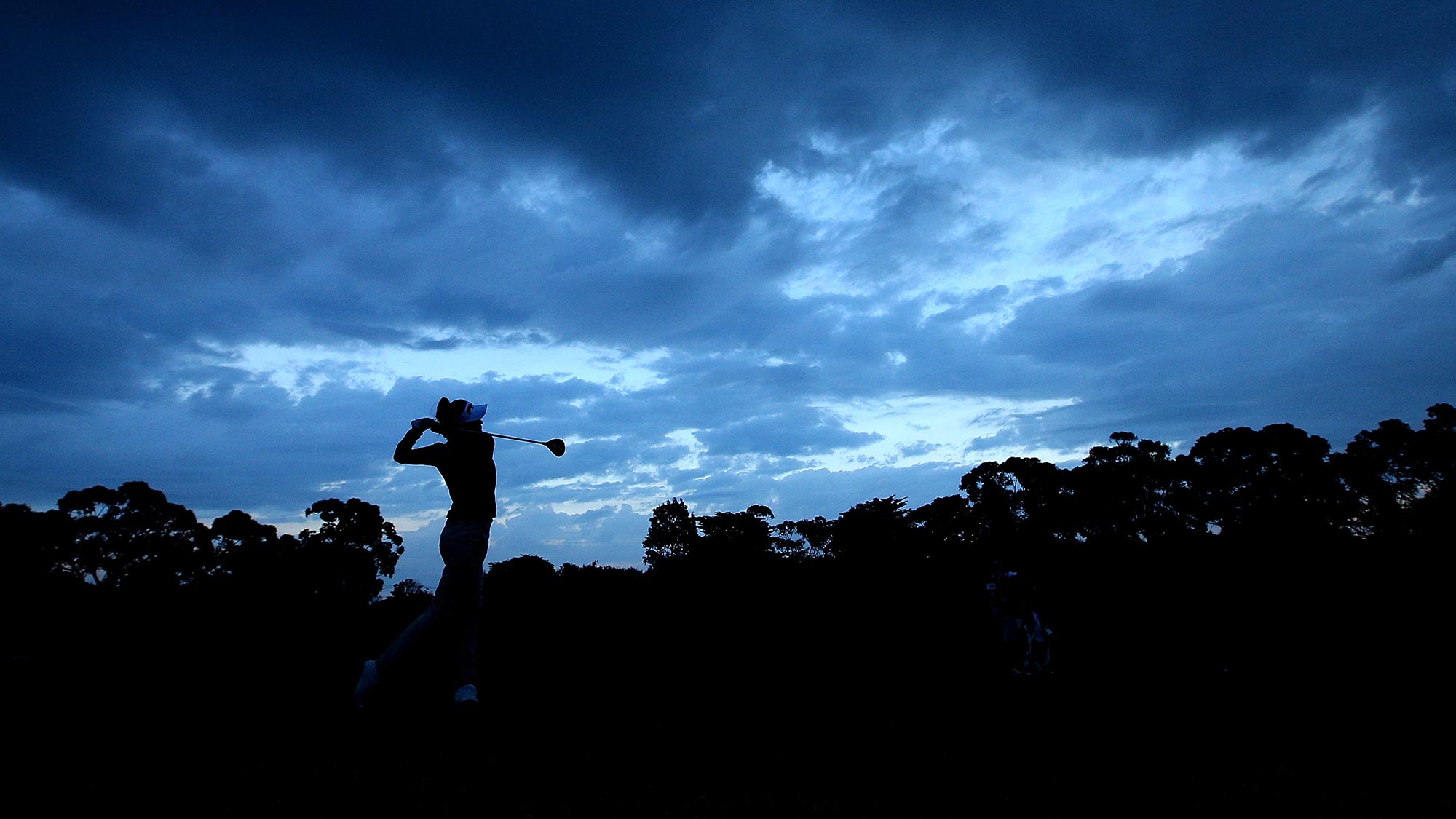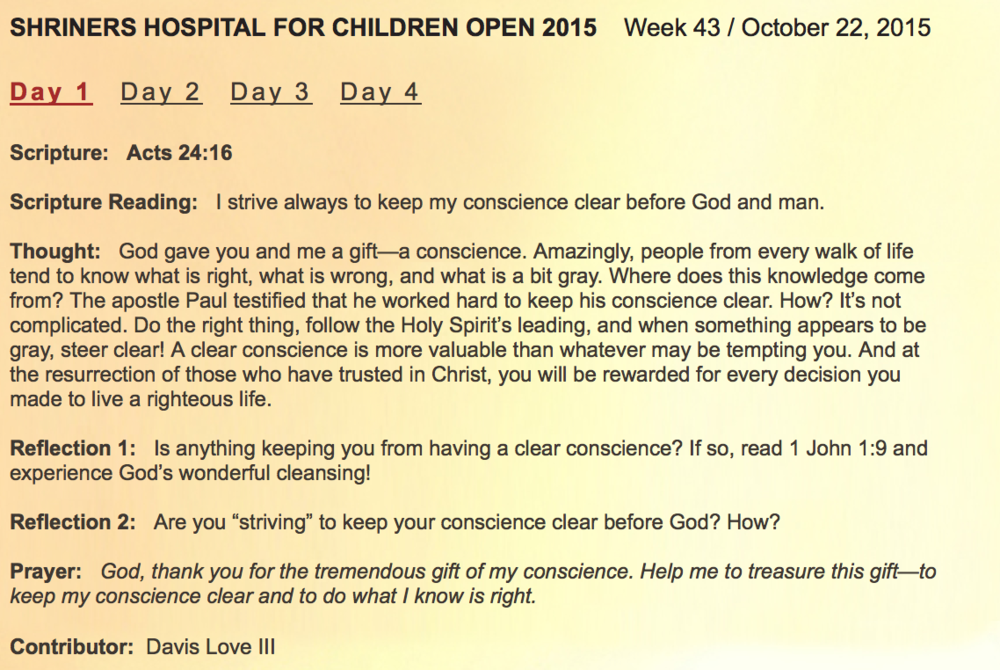Diaz: What Really Happened At Oakmont
/Now that Dustin Johnson has spoken and has not had his mind changed a bit about his actions at Oakmont (Will Gray reports), Jaime Diaz has filed an in-depth, definitive account for the September Golf Digest of the 2016 U.S. Open's Dustin Johnson penalty. While most of the facts will still be very familiar, Diaz brings in views of some notable rules figures and tries to figure out the options for changing the rule.
 This from two noted USGA veterans stood out, starting with comments from David Eger:
This from two noted USGA veterans stood out, starting with comments from David Eger:
Eger believes the right call was made based on the rule as written, but admits his experience writing, interpreting and administering the rules gives him an uncommon perspective. “All the rules officials I know think Dustin broke the rule, but none of my friends who I play golf with think he did. None of my friends have all the information. They use the wrong criteria to judge. But the rules are so fastidious, precise and often complicated.”But David Fay, the USGA’s executive director for two decades, who served as the Fox telecast’s rules expert, contends the Johnson ruling was a close one even for officials. “You could get 10 rules experts and show them video evidence of Wattel and Johnson’s actions around the ball. I guarantee some would say Wattel deserved a penalty and Johnson didn’t, or that neither deserved a penalty, or that both did.”
Wonderful!
There was also this from Diaz:
In retrospect, executive director Mike Davis, didn’t take charge at a time when an accountable leader was desperately needed to speak for the organization. Hall and Pagel were too careful and scripted in their interviews on Fox and Golf Channel, clearly looking over their shoulder. At Oakmont, the buck had no place to stop.
I think this next part is where the average golfer differs from the rules expert, but nearly two weeks later I'm still not entirely sure why the experts are so sure of their stance.
But in trying to solve a problem, the new rule created new ones that are arguably worse. The main one? When it comes to determining what made a ball move short of the club hitting the ball, there is almost never anything close to “proof” that a player’s actions were the cause. “More likely than not” or “51 percent of the evidence” is a recipe for too many close calls that will leave a feeling of player victimization, especially if and when it costs someone a championship.

















